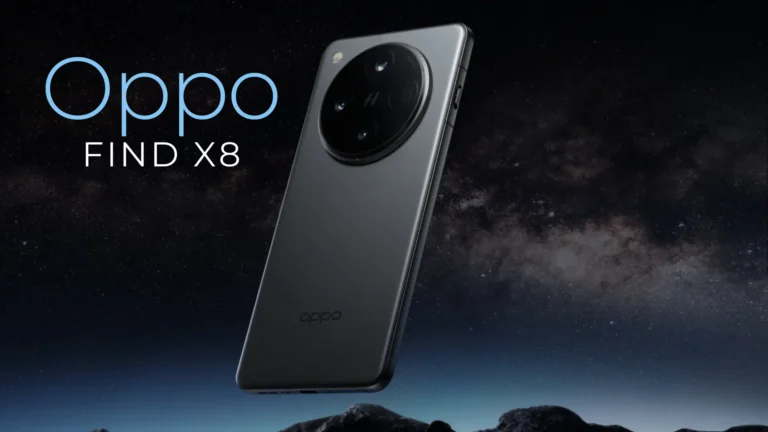Overview of Pac Man
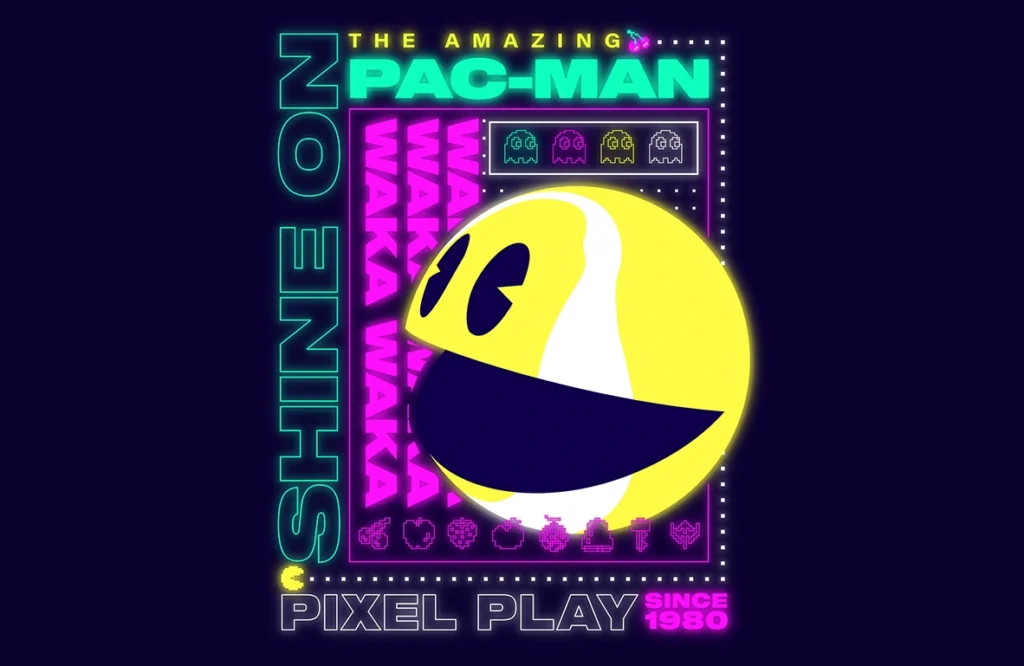
Pac Man, one of the most iconic arcade games of all time, has left an indelible mark on the gaming industry and popular culture. Developed by Namco and first released in Japan in 1980, Pac Man quickly became a global phenomenon. Its simple yet addictive gameplay, distinctive design, and cultural influence have ensured that its legacy lives on to this day. In this article, we will discuss Pac Man’s rich history, gameplay mechanics, cultural significance, and enduring appeal.
The Origins of Pac Man
Pac Man was created by Japanese game designer Toru Iwatani, who aimed to develop a game that would appeal to a wide audience, including women and families. At the time, most arcade games focused on themes of war and sports, which primarily attracted male players. Iwatani envisioned a game centered around a character who could navigate a maze while avoiding enemies, who was inspired by the idea of eating. The character of Pac-Man was inspired by a pizza that was missing a slice, giving birth to the iconic figure we recognize today. The game was originally named “Puck Man” in Japan, derived from the Japanese onomatopoeia “paku”, which describes the sound of eating. To avoid potential slang in the West, the name was changed to Pac Man for its international release.
Gameplay Mechanics and Innovations
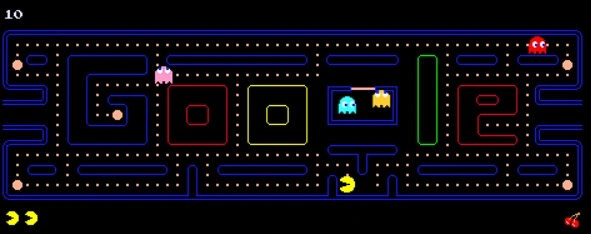
Pac Man’s gameplay is deceptively simple, yet endlessly engaging. Players control Pac-Man, traversing a maze filled with pellets, power pellets, fruit, and four ghosts: Blinky, Pinky, Inky, and Clyde. The objective is to eat all of the pellets while avoiding the ghosts. Eating power pellets turns the ghosts temporarily blue, allowing Pac Man to eat them for extra points.
Key Elements of Pac Man Gameplay
- Mazes: Pac Man features a series of mazes, each of which has a unique layout that challenges players to strategize their moves.
- Ghosts: Each ghost has a distinct personality and move pattern. Blinky chases Pac-Man, Pinky tries to ambush him, Inky’s behavior is unpredictable, and Clyde wanders around randomly.
- Power Pellets: These large pellets give Pac Man the ability to eat ghosts for a limited time, adding a strategic layer to the gameplay.
- Fruit: Bonus fruits occasionally appear, which award extra points when collected.
- Scoring: Points are earned by eating pellets, power pellets, fruit, and ghosts. Achieving high scores is an important aspect of the game, encouraging players to refine their strategies.
Cultural impact and legacy
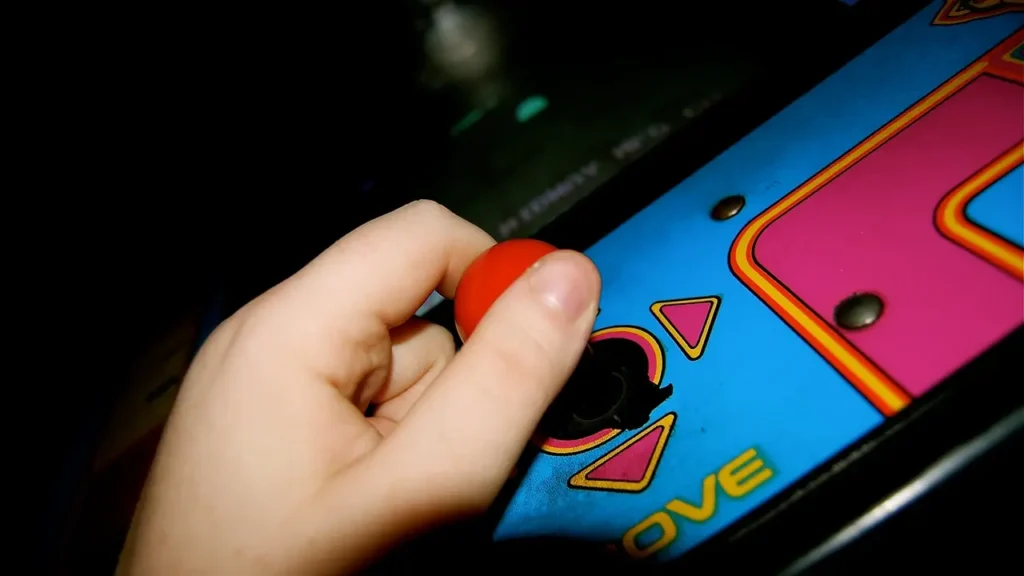
Pac Man’s release coincided with the golden age of arcade games, and it quickly became a cultural phenomenon. The game’s widespread popularity spawned a variety of merchandise, including toys, clothing, an animated TV series, and even a hit song, “Pac Man Fever.” Pac-Man’s influence also extended beyond gaming, becoming an icon of the 1980s and leaving a lasting mark on popular culture.
Pac-Man in popular culture
- Merchandise: Pac Man‘s image appeared on a variety of products, from lunchboxes to bed sheets, making it a household name.
- Television: The animated series “Pac Man” aired from 1982 to 1983, further solidifying the character’s place in pop culture.
- Music: The song “Pac Man Fever,” released in 1981 by Buckner and Garcia, became a Billboard Top 10 hit, demonstrating the game’s wide appeal.
- Recognition: Pac-Man has been referenced and parodied in numerous TV shows, movies, and other media, cementing its status as an iconic figure.
The Evolution of Pac Man

Over the years, Pac Man has evolved with numerous sequels, spin-offs, and adaptations to various platforms. The original arcade game has been ported to home consoles, PCs, and mobile devices, ensuring that new generations of players can experience its charm. Major milestones in Pac-Man’s evolution include:
Major Pac-Man releases
- Pac-Man (1981): A follow-up to the original, featuring new mazes, improved gameplay mechanics, and increased popularity.
- Pac-Land (1984): An innovative platformer that expanded the Pac-Man universe with new characters and story elements.
- Pac-Man Championship Edition (2007): A modern reimagining of the classic, featuring new gameplay elements and improved graphics.
- Pac-Man 256 (2015): An endless runner that combines classic Pac-Man mechanics with contemporary mobile gaming trends.
Pac-Man's enduring appeal
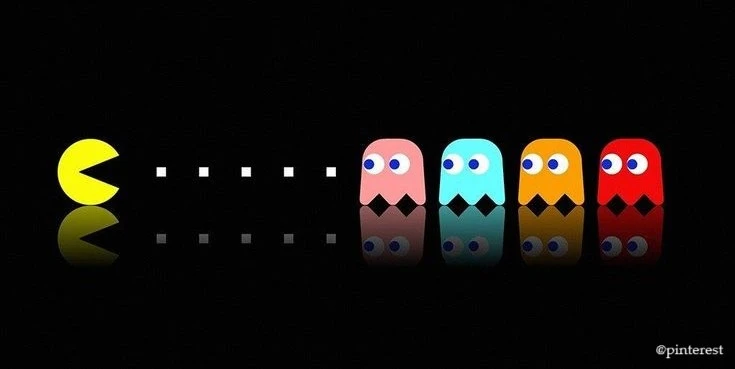
Pac-Man‘s enduring appeal can be attributed to its timeless design, accessible gameplay, and nostalgic value. The game’s simplicity makes it easy for newcomers to pick it up and play, while its strategic depth keeps experienced players coming back for more. Pac-Man’s enduring popularity is also a testament to its ability to adapt and evolve over time, maintaining relevance in a constantly changing gaming landscape.
Why Pac-Man Still Matters
- Accessibility: Pac Man’s intuitive controls and straightforward objectives make it accessible to players of all ages and skill levels.
- Strategic depth: The varying behavior of ghosts and maze designs require players to develop strategies and hone their skills.
- Nostalgia: For many, Pac-Man represents a cherished part of their childhood, evoking fond memories of the golden age of arcades.
- Cultural icon: Pac Man’s iconic status and widespread recognition ensure its place in gaming history and popular culture.
Pac Man in the modern era

Today, Pac-Man remains in the public eye with new games, merchandise, and collaborations. The game’s influence can be seen in various aspects of modern gaming and entertainment, from indie game design to major film references. Pac-Man’s enduring legacy is a testament to its innovative design and cultural significance.
Recent Developments
- New Games: Recent releases such as Pac-Man Championship Edition 2 and Pac-Man 99 demonstrate the character’s ability to adapt to contemporary gaming trends.
- Collaborations: Pac-Man has appeared in crossover events with other popular franchises such as Super Smash Bros. and Fortnite, demonstrating his continued relevance.
- Merchandising: New merchandise and collectibles ensure that Pac Man remains a beloved and recognizable figure for generations.
Conclusion
Pac Man‘s journey from a simple arcade game to a global cultural icon is a remarkable story of innovation, charm, and endurance. Its impact on the gaming industry and popular culture is undeniable, making it a timeless classic that continues to captivate players around the world. As we look to the future, Pac Man’s legacy will undoubtedly remain, inspiring new generations of gamers and leaving an indelible mark on entertainment history.
Frequently Asked Questions
Pac-Man, an iconic arcade game, has not faced widespread bans globally, but there have been some local instances where it has faced restrictions. In the early 1980s, some schools and businesses banned the game because it was addictive and could distract students and staff. Additionally, in some countries, certain adaptations or versions of the game were banned due to cultural sensitivities or content regulation. However, Pac-Man’s overall impact has been overwhelmingly positive, and it remains one of the most beloved and influential video games in history.
Pac-Man’s full name is “Puck Man.” The game was originally released in Japan in 1980 under that title. “Puck Man” refers to the character’s round shape and his resemblance to a hockey puck. When the game was brought to the United States, the name was changed to “Pac-Man” to avoid the potential vulgarization of the “Puck” part of the name, which could have been turned into a more vulgar term. This change helped the game maintain its friendly and sociable image.
In Pac-Man, the ghosts are known by specific names that reflect their unique behavior and personality. They are:
- Blinky (red ghost): Known as the “pursuer”, Blinky pursues Pac-Man directly and is the most persistent of the ghosts.
- Pinky (pink ghost): The “ambusher”, Pinky tries to position himself ahead of Pac-Man’s current direction to surprise him.
- Inky (cyan ghost): The “bouncer”, Inky’s movements are affected by both Blinky’s position and Pac-Man’s position, making him unpredictable.
- Clyde (Orange Ghost): The “random” ghost, Clyde’s behavior is less predictable as he alternates between chasing Pac-Man and wandering around the maze.
The ghosts in Pac-Man are programmed to be antagonistic towards Pac-Man as part of the game’s main challenge. Their primary objective is to catch Pac-Man and put an end to his pursuit of the dots. This adversarial dynamic creates central gameplay tension and excitement. Each ghost has a different strategy and movement pattern, making the game more challenging and engaging. Despite their relentless pursuit, the ghosts are an integral part of what makes Pac-Man a classic and entertaining game.
Pac-Man was invented by Toru Iwatani, a Japanese video game designer. Iwatani developed the game in 1980 while working for Namco (now Bandai Namco Entertainment). He designed Pac-Man as a family game that would appeal to a wide audience, including women and non-gamers. His goal was to create a game that would break away from the prevalent space-shooter genre of the time and provide a unique and engaging experience through its maze-chase gameplay.
Among the Pac-Man ghosts, Blinky is often considered the smartest due to his straightforward but relentless pursuit of Pac-Man. His behavior is programmed to follow Pac-Man directly, making him a constant and formidable threat. However, the intelligence of the ghosts can be subjective depending on their strategies and patterns, as each ghost’s unique movements add a layer of complexity to the game.
Pac-Man eats dots to clear the maze and score points. The object of the game is to eat all the dots scattered throughout the maze while avoiding the ghosts. Eating all the dots in a level allows Pac-Man to advance to the next stage. Large, glowing “Power Pellets” located in the corners of the maze also allow Pac-Man to temporarily counterattack the ghosts, turning them blue and vulnerable, making it possible for Pac-Man to eat them for extra points.
Pac-Man ends when Pac-Man loses all of his lives, which occurs when he is caught by a ghost. The game has no traditional ending or final level; instead, it continues indefinitely with increasing difficulty. Theoretically, the game should end at level 256 due to a programming error that causes the right half of the screen to become a jumble of characters, making it nearly impossible to continue. This level is often referred to as the “kill screen”.
Pac-Man is not based on any specific animal, but rather on a simple, circular character design. The character’s appearance was inspired by the shape of a pizza with a slice missing, giving him a distinctive and recognizable look. Despite not being an animal, Pac-Man has become an iconic figure in video game culture and is often associated with the playful and engaging nature of arcade games.
Pac-Man is owned by Bandai Namco Entertainment, the company that was originally Namco when Pac-Man was created. Namco merged with Bandai in 2006 to form Bandai Namco Entertainment. The company continues to manage and release various Pac-Man games and merchandise, ensuring that the beloved character remains a prominent figure in the gaming world.




